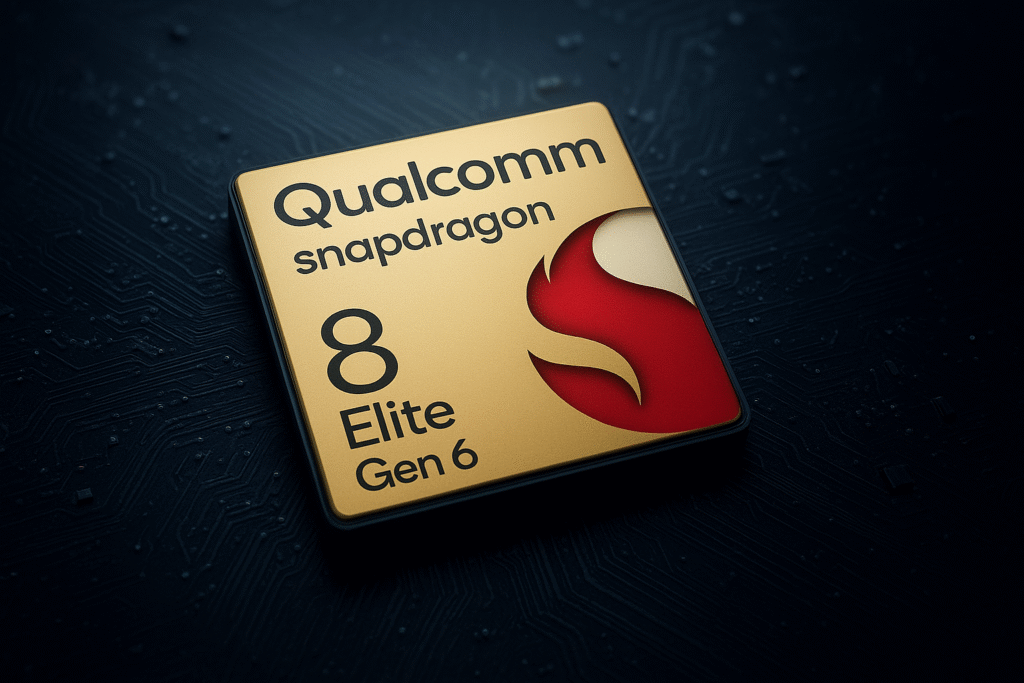Qualcomm is reportedly preparing its next-generation flagship processor, the Snapdragon 8 Elite Gen 6, expected to debut in late 2026. According to recent reports, the new chipset will be the company’s first built on a 2nm process, marking a major shift in manufacturing technology. The Snapdragon 8 Elite Gen 6 is also rumored to bring support for LPDDR6 RAM and UFS 5.0 storage, two upgrades that could significantly improve speed and efficiency across future flagship smartphones.
Information shared by Digital Chat Station on Weibo suggests that Qualcomm could use TSMC’s advanced N2P node for the Snapdragon 8 Elite Gen 6. If true, this would make it one of the first chips to utilize this process, which is said to be more efficient than the standard N2 variant. However, this claim remains uncertain. Other industry sources, including Fixed Focus Digital, have stated that TSMC’s N2P process is unlikely to be available for commercial chip production before 2027. Instead, Qualcomm, Apple, and MediaTek are all expected to rely on TSMC’s first-generation N2 process for their 2026 flagship chipsets.

TSMC’s 2nm manufacturing is expected to enter full-scale production by the end of 2025, with monthly wafer output projected to reach around 100,000 units. Each N2 wafer reportedly costs about $30,000, making it one of the most expensive semiconductor nodes in history. Apple is believed to have secured more than half of TSMC’s early 2nm capacity for its upcoming A20 and A20 Pro processors, potentially limiting supply for competitors such as Qualcomm and MediaTek. This makes the possibility of Qualcomm using the more advanced N2P process highly doubtful, at least in the initial production cycle.
On the hardware side, support for LPDDR6 memory and UFS 5.0 storage appears far more likely. As smartphones continue to integrate advanced AI capabilities, the need for faster data transfer and memory bandwidth has grown substantially. LPDDR6 RAM is expected to deliver higher efficiency and lower latency, while UFS 5.0 storage will offer faster read and write speeds to handle increasing workloads. These upgrades could enhance app loading times, multitasking performance, and overall system responsiveness.

The Snapdragon 8 Elite Gen 6 will succeed the Snapdragon 8 Elite Gen 5, continuing Qualcomm’s annual update cycle for flagship chipsets. While details remain limited, Qualcomm’s next release will likely emphasize efficiency, thermal performance, and sustained peak output for high-end Android smartphones.
In conclusion, the Snapdragon 8 Elite Gen 6 represents Qualcomm’s move into the 2nm era, a transition that could define the next phase of mobile performance. Although the rumored use of TSMC’s N2P node remains unconfirmed, the adoption of LPDDR6 RAM and UFS 5.0 storage seems to align with the company’s long-term roadmap. As mass production begins in 2025 and flagship devices launch in 2026, Qualcomm’s newest processor could play a central role in shaping the next generation of Android smartphones.
Source: Digital Chat Station







